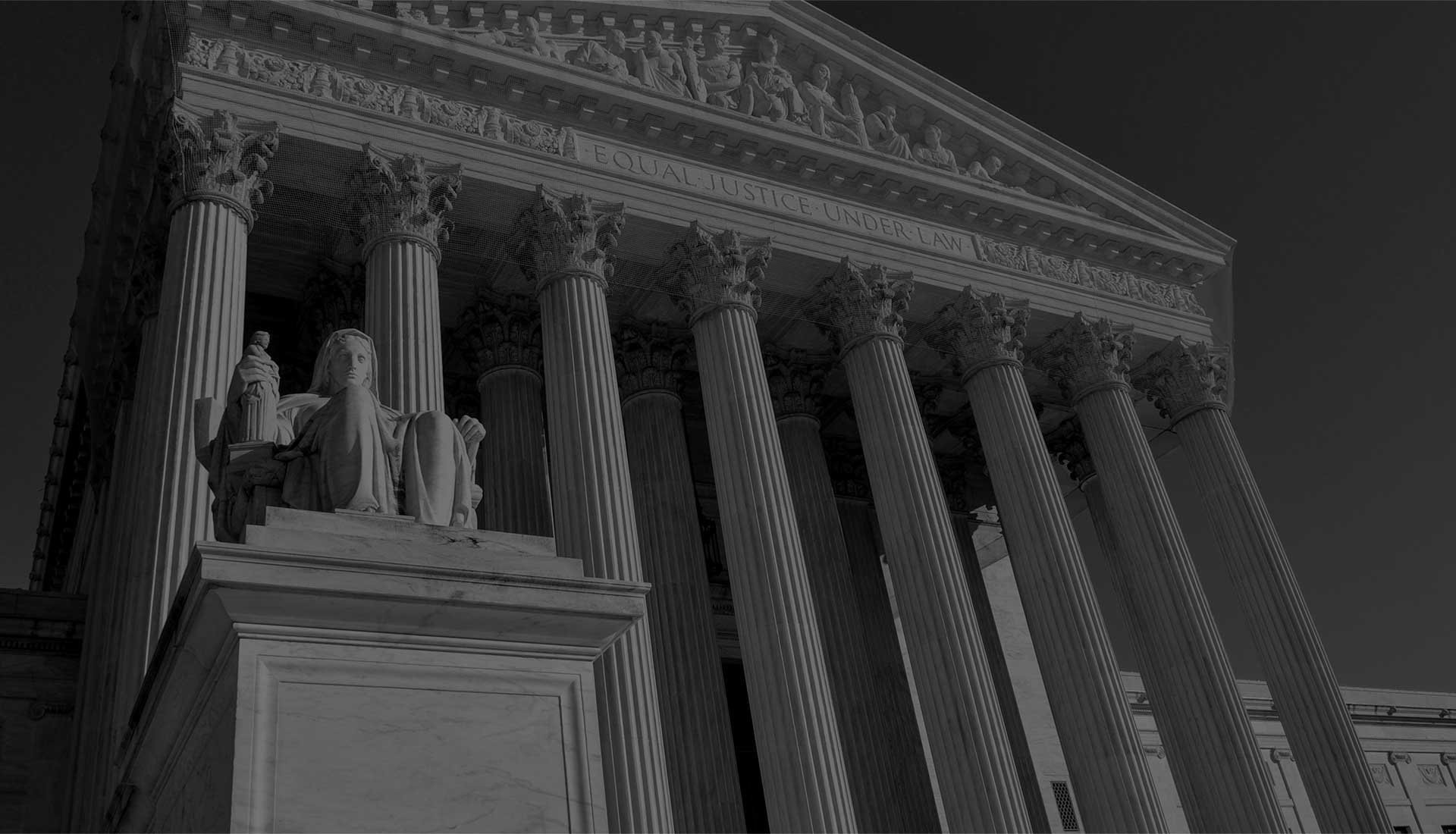Rollover Crash On Christmas Eve Causes Serious Injury

Two people were seriously injured, including a 4-year-old child, in a violent rear-end crash on U.S. Highway 45.
The wreck occurred in McCracken County. According to witnesses and the McCracken County Sheriff’s Department, 24-year-old Keonia Purefide, of Paducah, was northbound in the right lane with her 4-year-old daughter, whose name was not released. Ms. Purefide was travelling slowly in the right lane as she escorted a disabled motorist on the shoulder. As the two vehicles inched forward, 48-year-old Charles Anderson of Paducah, who was also northbound int he right lane, either did not see Ms. Purefide or was not aware that she was travelling so slowly, and he rear-ended her vehicle; the force of the impact pushed Ms. Purefide’s vehicle off the road, and it tumbled down a shallow embankment.
Mother and child were both rushed to a nearby hospital with serious injuries as a result of the rear-end crash, but doctors say they will probably survive.
Proving Negligence in a Rear-End Crash
Normally, victim/plaintiffs must prove five elements (duty, breach, cause, proximate cause, and damages) to obtain compensation for their losses. However, if the tortfeasor (negligent driver) violated a safety statute, the negligence per se (negligence “as such”) rule may apply. In these cases, the victim/plaintiff must only prove:
- Legal Violation: In rear-end crashes, the tortfeasor often breaks traffic laws regarding maintaining a single lane or yielding the right-of-way.
- Protected Class: The victim/plaintiff must be one of the people that the statute was designed to protect, and motor vehicle laws are designed to protect other motorists.
- Proximate Cause: The legal violation must be a substantial factor, although not necessarily the only factor, in bringing about the harm.
Normally, operating a vehicle on the road at a dangerously slow speed is illegal, but there is an exception for these kinds of roadside emergencies.
Sudden Emergency
Insurance companies have only one mission in most rear-end crash cases: to reduce, or preferably deny, compensation to victims. If a fast-moving car hits a slow-moving car, insurance company lawyers almost always try to raise the sudden emergency defense. The defense applies if the driver:
- Faced an unexpected situation that required an immediate response, and
- Reacted reasonably in the wake of the sudden emergency.
This clip from Tommy Boy illustrates both prongs of the sudden emergency doctrine. The hood fly-up is a “sudden emergency” in this context, as is a tire blow-out, road rage shooting, and other completely out-of-the-ordinary events; in contrast, slow-moving cars, jaywalking pedestrians (even if they “dart out” into the street), and other everyday hazards do not legally qualify. However, even though Part I applies in this scene, Tommy could not claim the defense, because he drove recklessly after the hood fly-up.
Rear-end crash victims are normally entitled to significant compensation. For a free consultation with an experienced personal injury attorney in Mumfordville, contact Attorney Gary S. Logsdon. Home and hospital visits are available.

